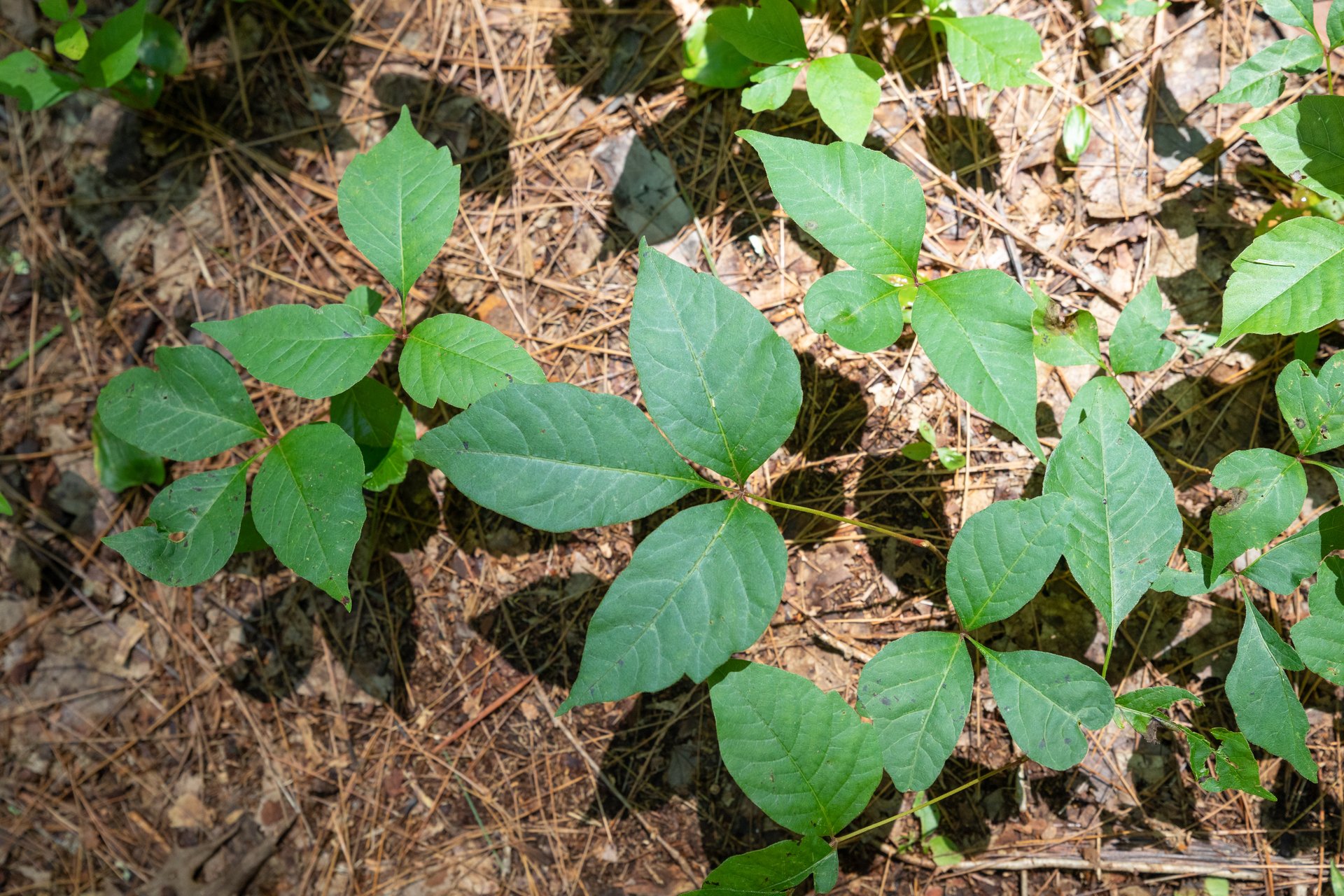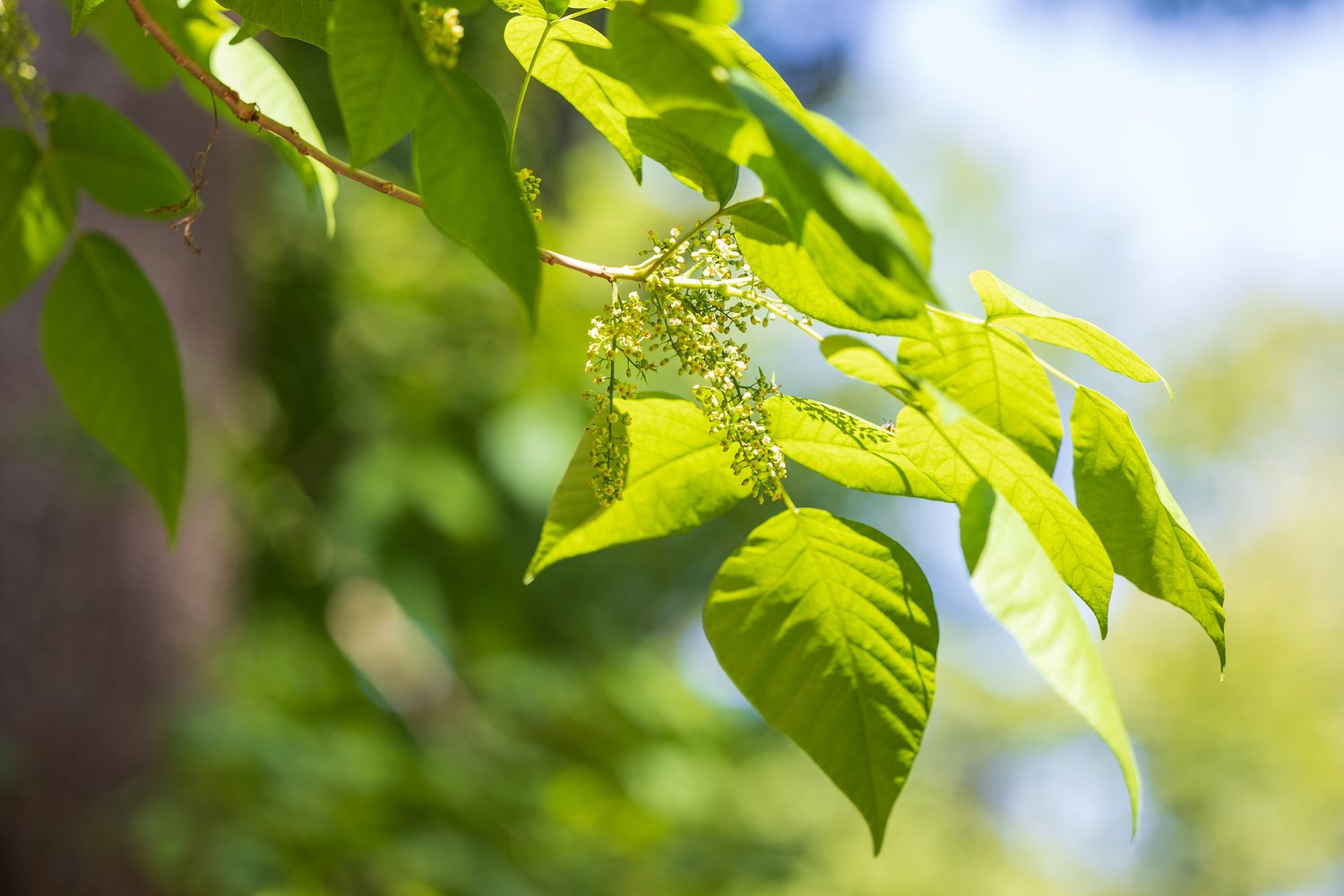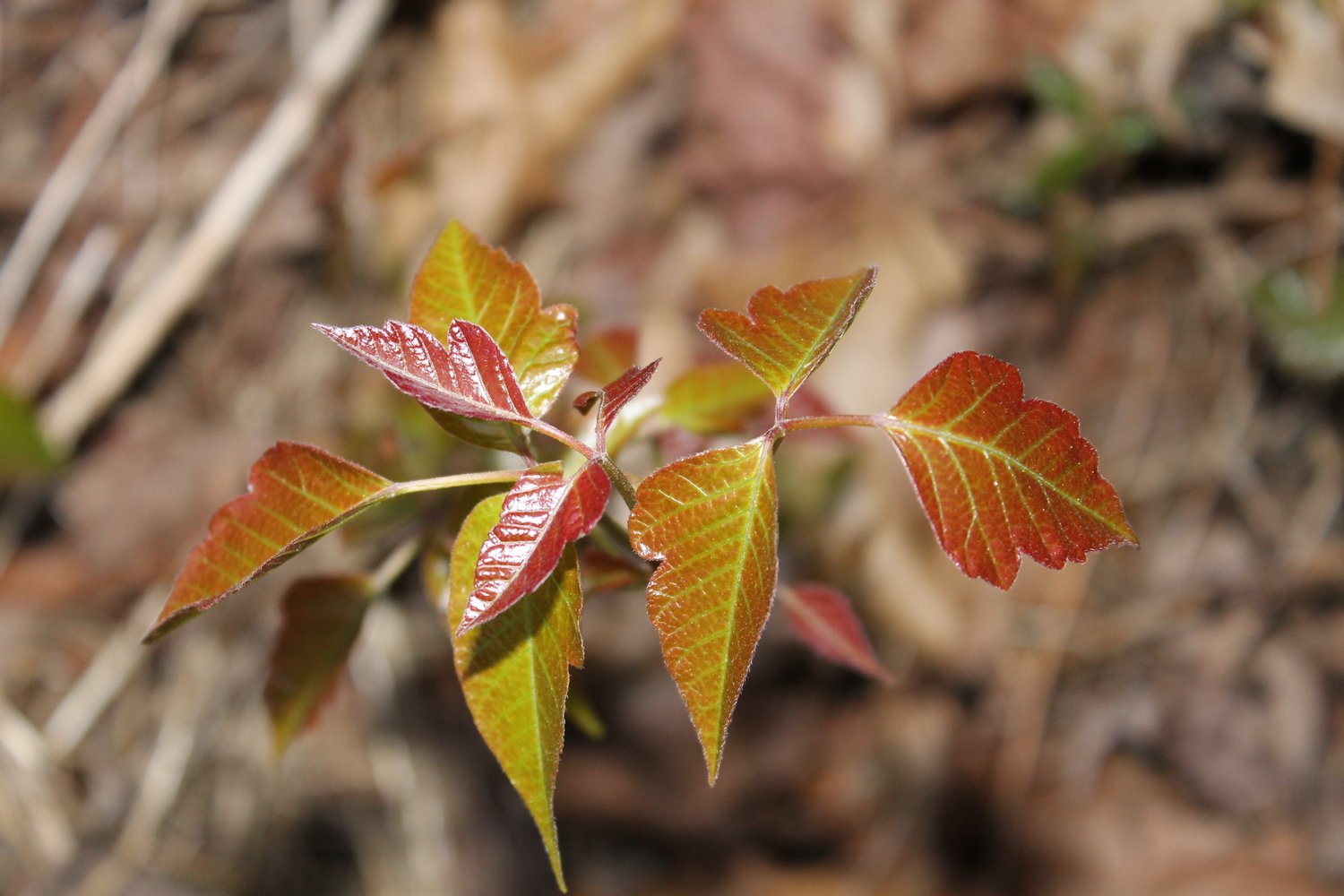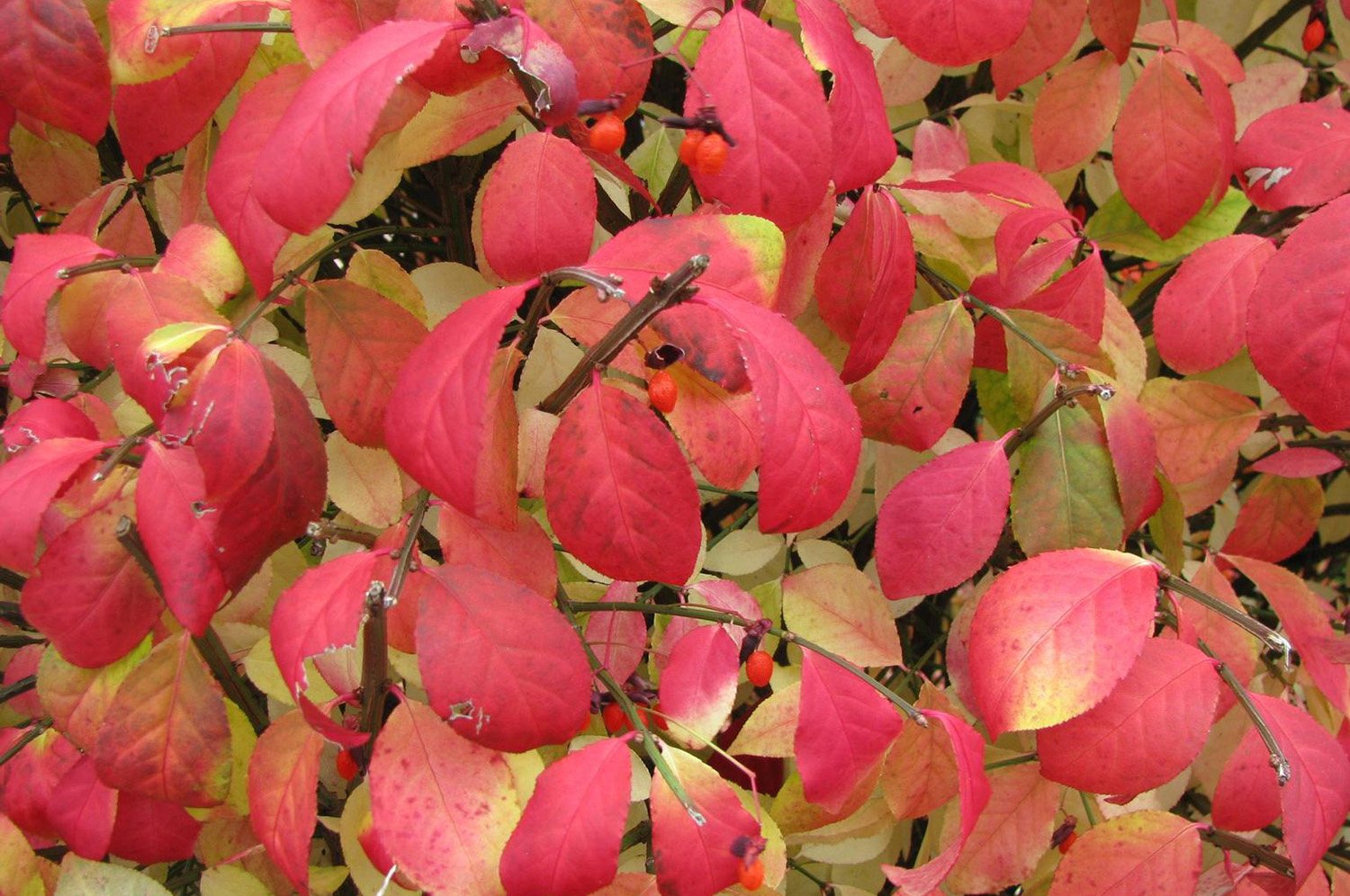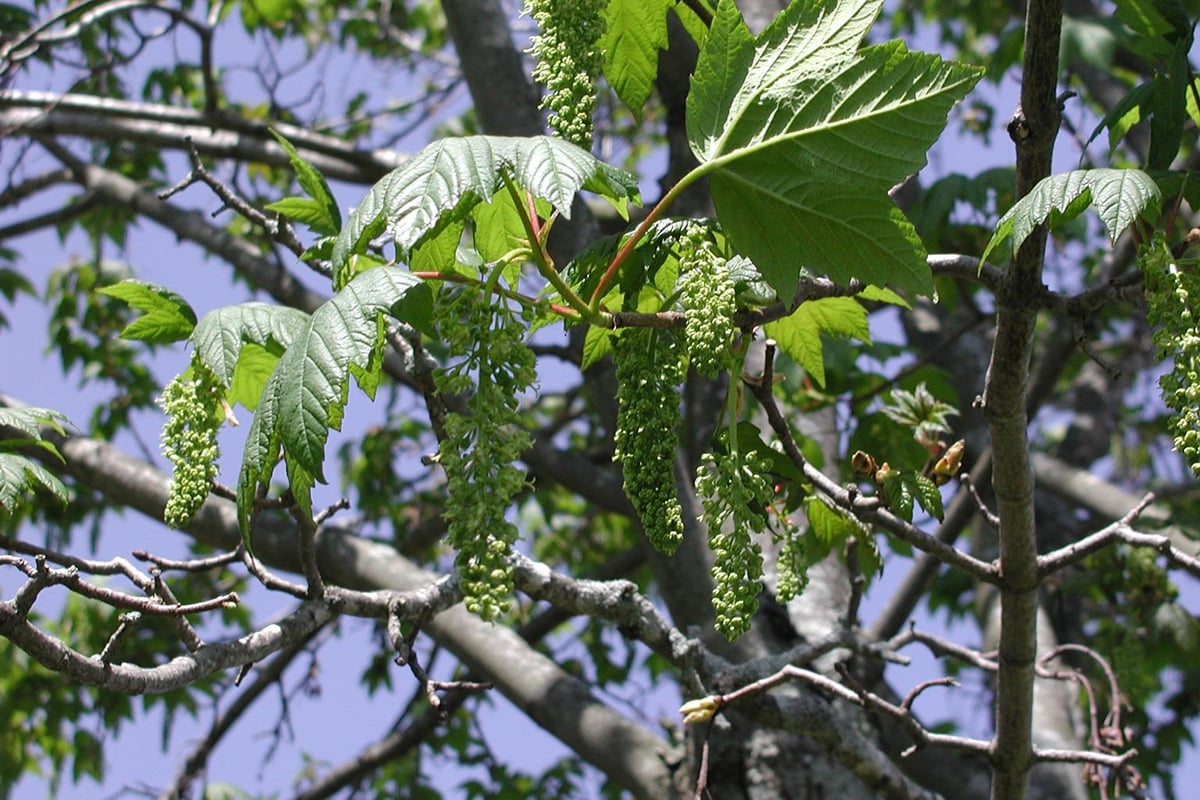Plants in Massachusetts
How to Recognize Poison Ivy
Do the words “poison ivy” make you itch? Not all people are allergic to the oil that’s found throughout this plant, but for those who are and who come into contact with it, the result can be weeks of misery.
However, once you learn how to recognize and avoid it, you too can enjoy blissful, rash-free hikes. Here’s what to look for.
Poison Ivy Grows in Different Ways
Poison ivy can take three possible growth forms, and as a result, you may see it at almost any height, from your toes to above your head.
- Sometimes it looks like a thick vine, and you’ll see it winding around a tree and climbing high into the air.
- Sometimes it looks a like a bush or a shrub.
- Other times it will carpet the ground.
To Tell Poison Ivy Apart, Look for These Features
Luckily, that familiar rhyme “Leaves of three: let it be” holds true: all of its leaves have three separate leaflets (unless some have been eaten). However, many harmless species also have clusters of three leaflets, so remember:
- The central leaflet has a longer stalk.
- The edges of the leaflets can be smooth or have a few big jagged “teeth”. Other plants, like some raspberries, may have dozens of small teeth.
- It comes in many shades of green, and the leaves can be red when they’re young or during the fall.
Vines & Seasonal Berries
Even when the leaves die back, the vines can still cause a reaction if touched. Note that poison ivy vines are “hairy”—they’re covered in thin roots that help anchor the plant to the thing it’s climbing. In fact, another one of the many rhymes associated with this plant is “Hairy rope, don’t be a dope.” A few other vines have a hairy appearance, but most of our native vines don’t.
In addition, in the summer and fall this plant will grow small clusters of green-white berries. These fruits will often stick around during the winter.
Poison Ivy vs Poison Oak
Poison ivy features glossy, smooth-edged leaves in groups of three and can grow as a vine or shrub, while poison oak has lobed or scalloped leaves also in groups of three (sometimes five) and typically grows as a shrub. Both can cause similar allergic reactions, so identifying them helps in avoiding contact.
The Surprising Benefits of Poison Ivy
Even though poison ivy can be a (literal) pain for humans, it’s a boon for other animals. Some creatures, such as cottontails and deer, eat the leaves. Even the goats that live at some of our wildlife sanctuaries enjoy it as a meal. Because the berries persist through the winter, they give birds a food source when times are tough. Insects pollinate the flowers and chew on the leaves, too.
Poison ivy also has several plant relatives that people find delicious. It’s a member of the Anacardiaceae family, which is also known as the cashew family and includes pistachios and mangoes. In fact, the shell of cashew contains a chemical similar to the one in poison ivy that causes skin irritation.
What to Do if You Touch Poison Ivy
We recommend wearing long sleeves, long pants, gloves, and closed toed shoes if you're working in an area you suspect may have poison ivy growth. If you do come in contact with the plants, here are some quick tips to manage a poison ivy rash:
- Wash off the irritating oil as soon as you can. Use soap and water or rubbing alcohol or try specialty products designed for this purpose.
- Clean all items that have touched the plant, including clothes and shoes. The oil found on poison ivy is very stable and can remain for months, if not years, on anything it touches.
- If you do get a poison ivy rash, remember: it’s not contagious. Any new rashes are probably caused by contact with items that still carry the oil. To treat the rash, calamine lotion or a hydrocortisone cream can provide relief.
Plants in Massachusetts
Poison ivy is just one of the thousands of plant species you can find in Massachusetts. Find out more about the trees, vines, flowers, and shrubs nearby so you're well prepared for your next adventure outside.
Stay Connected
Don't miss a beat on all the ways you can get outdoors, celebrate nature, and get involved.



